PPT-PERT and CPM Introduction
Author : danya | Published Date : 2023-05-29
One of the most challenging jobs that any manager can take on is the management of a largescale project that requires coordinating numerous activities throughout
Presentation Embed Code
Download Presentation
Download Presentation The PPT/PDF document "PERT and CPM Introduction" is the property of its rightful owner. Permission is granted to download and print the materials on this website for personal, non-commercial use only, and to display it on your personal computer provided you do not modify the materials and that you retain all copyright notices contained in the materials. By downloading content from our website, you accept the terms of this agreement.
PERT and CPM Introduction: Transcript
Download Rules Of Document
"PERT and CPM Introduction"The content belongs to its owner. You may download and print it for personal use, without modification, and keep all copyright notices. By downloading, you agree to these terms.
Related Documents

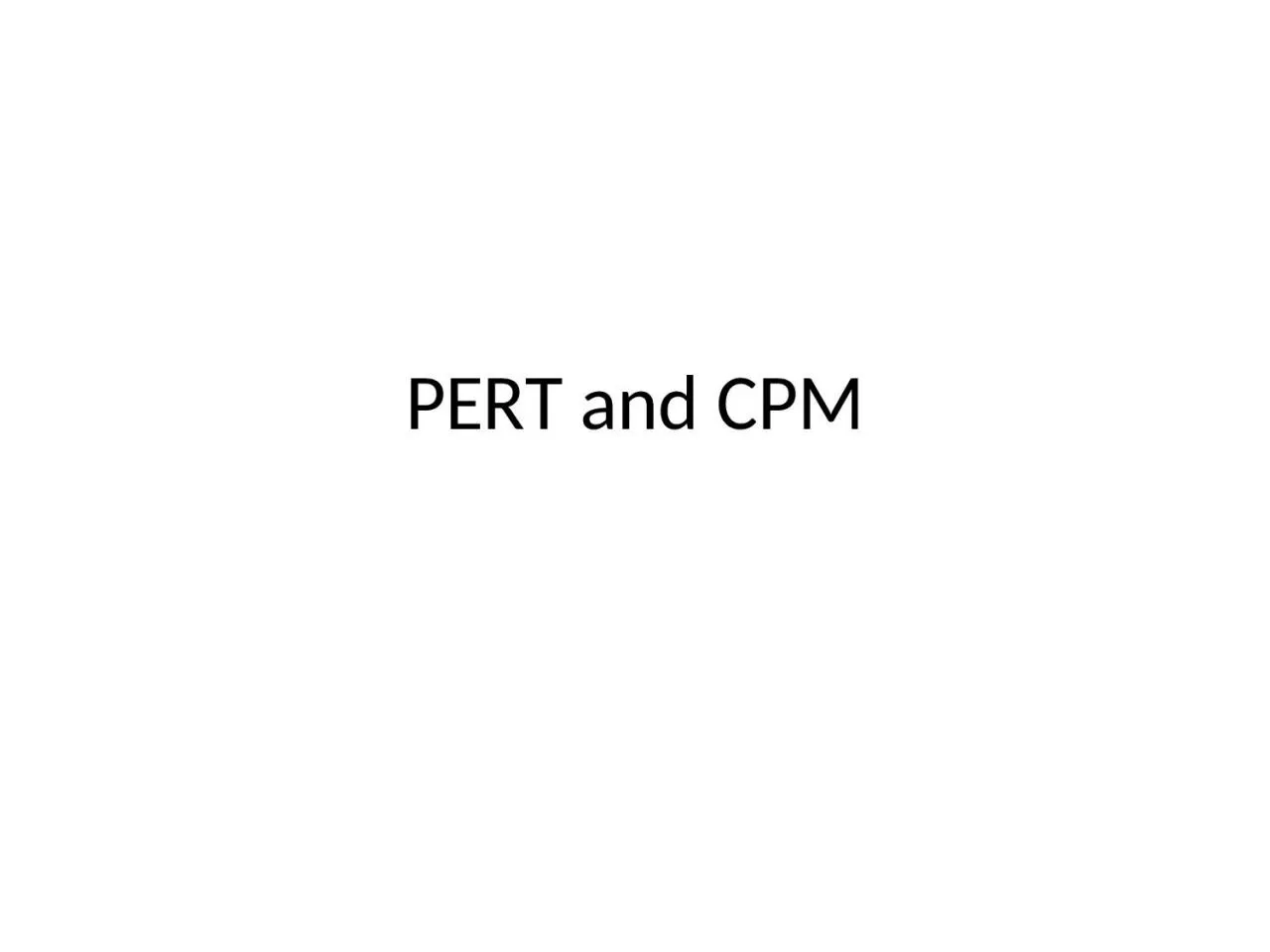

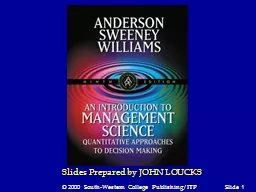
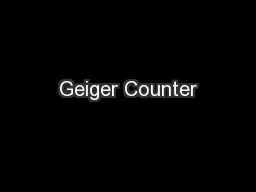


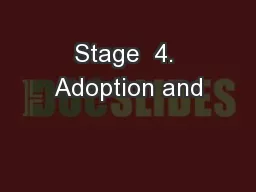

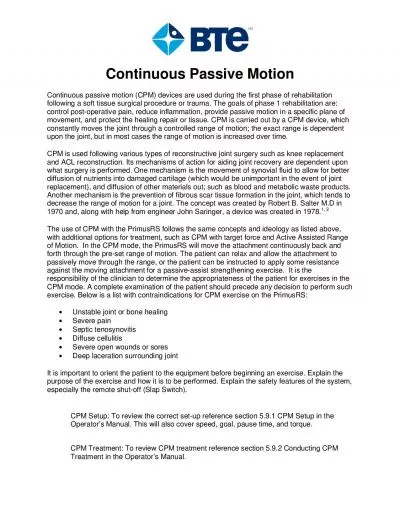


![[EBOOK] PERT Study Guide: PERT Exam Secrets Book, Full-Length Practice Test, Step-by-Step](https://thumbs.docslides.com/1006384/ebook-pert-study-guide-pert-exam-secrets-book-full-length-practice-test-step-by-step-video-tutorials-3rd-edition.jpg)
![[DOWNLOAD] PERT Study Guide: PERT Test Prep Review with Practice Exam Questions for the](https://thumbs.docslides.com/1006920/download-pert-study-guide-pert-test-prep-review-with-practice-exam-questions-for-the-florida-certification-3rd-edition.jpg)
